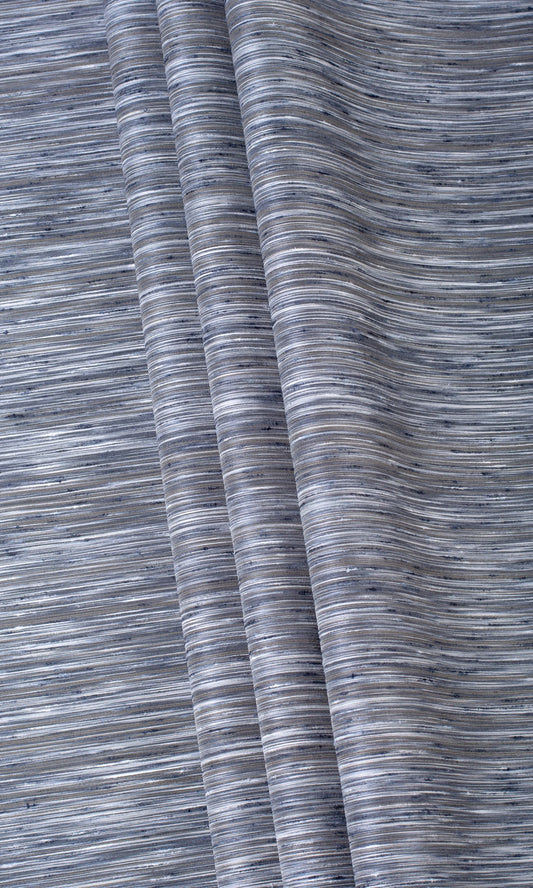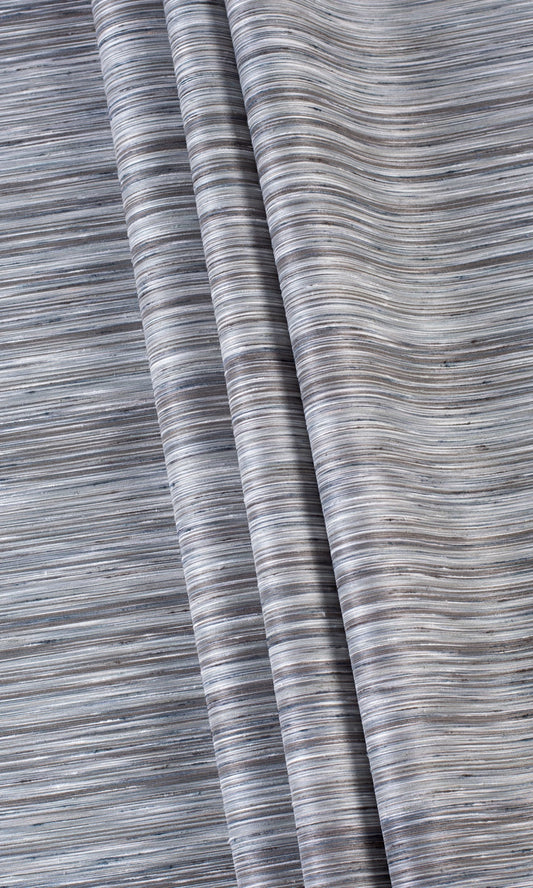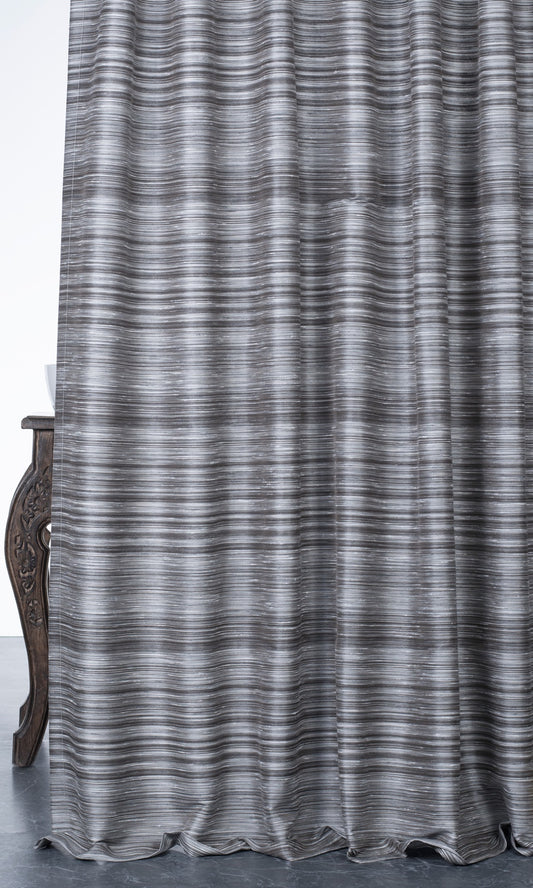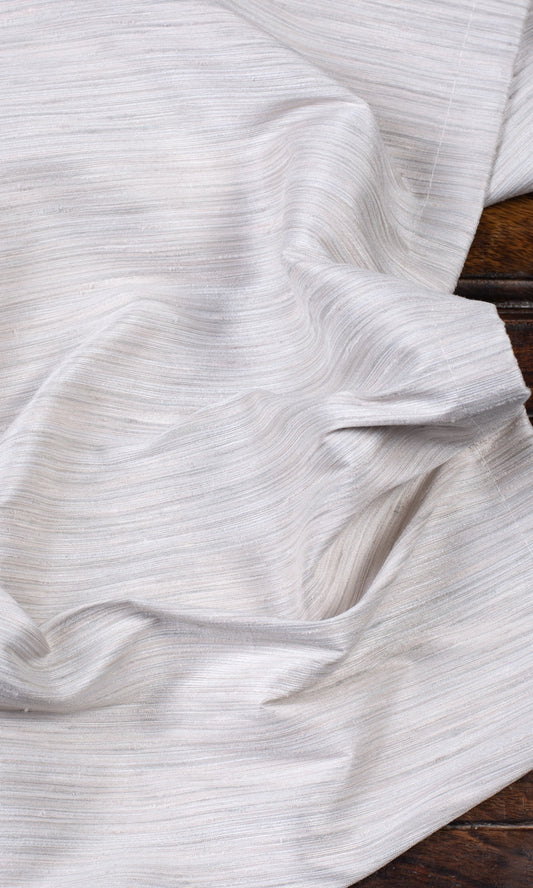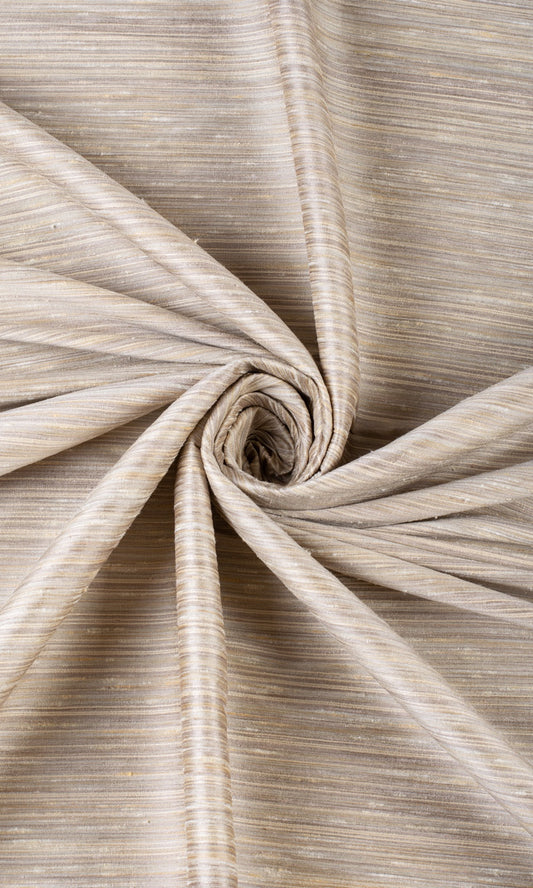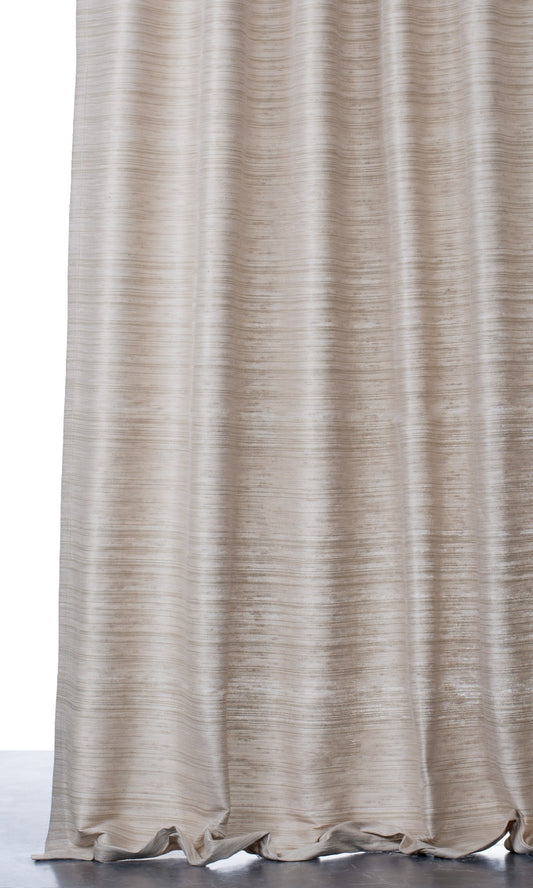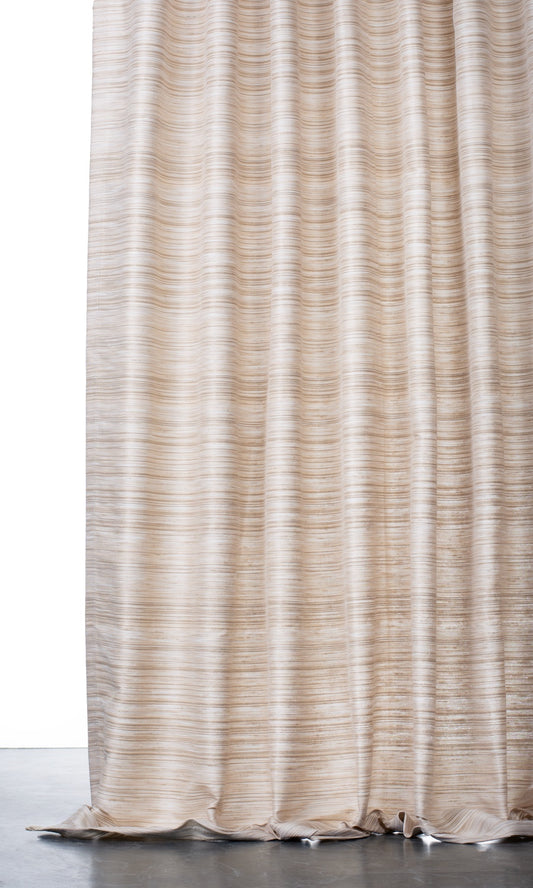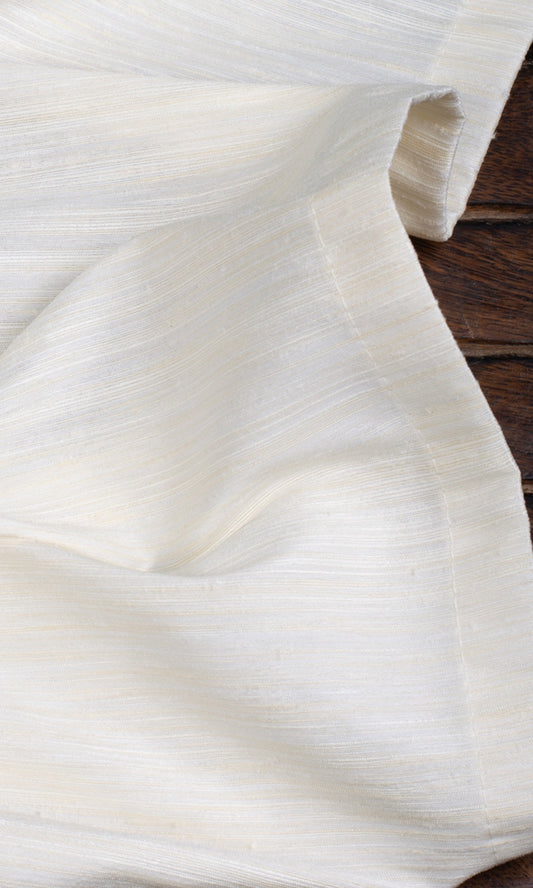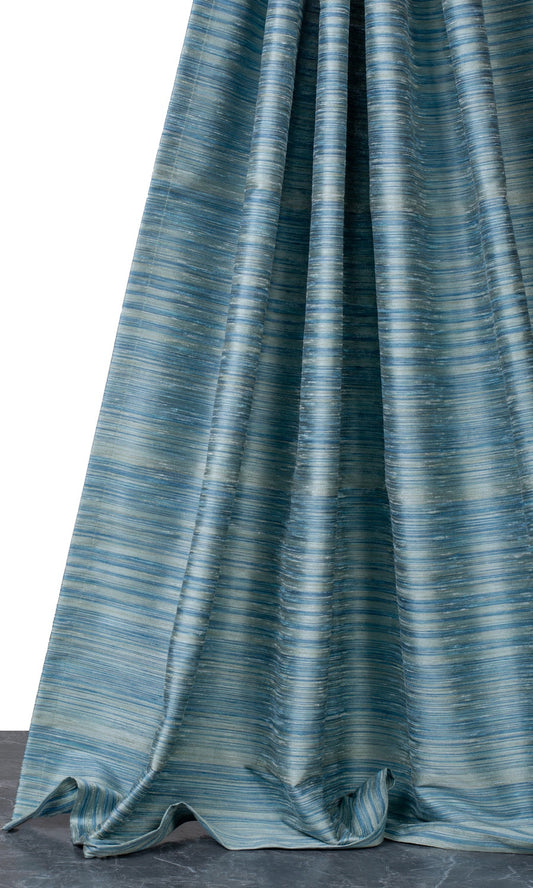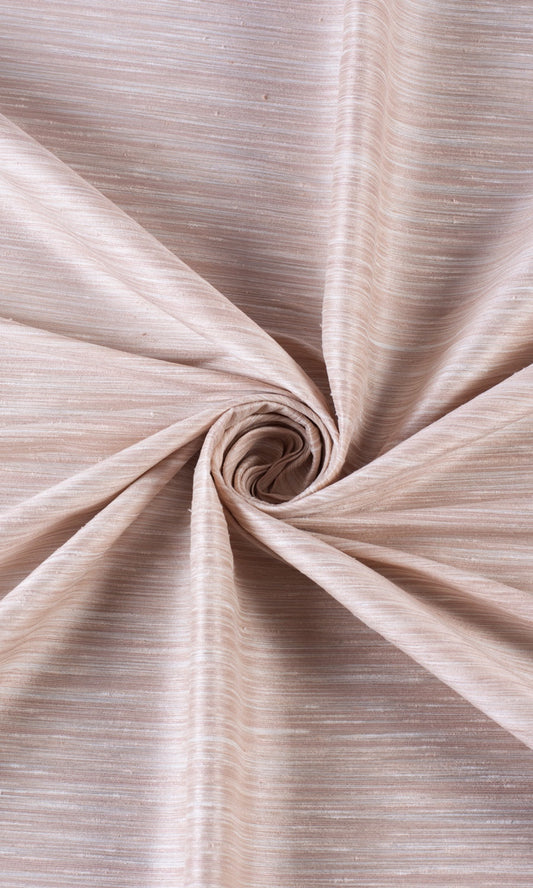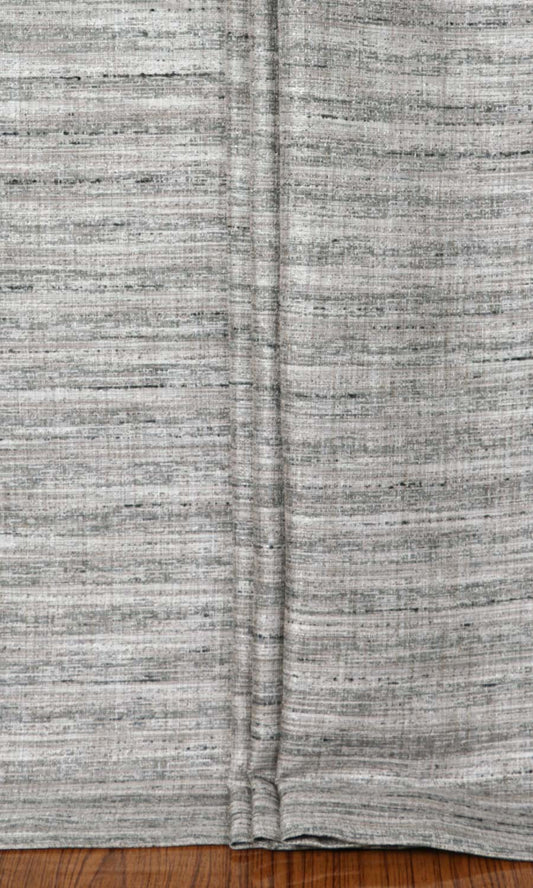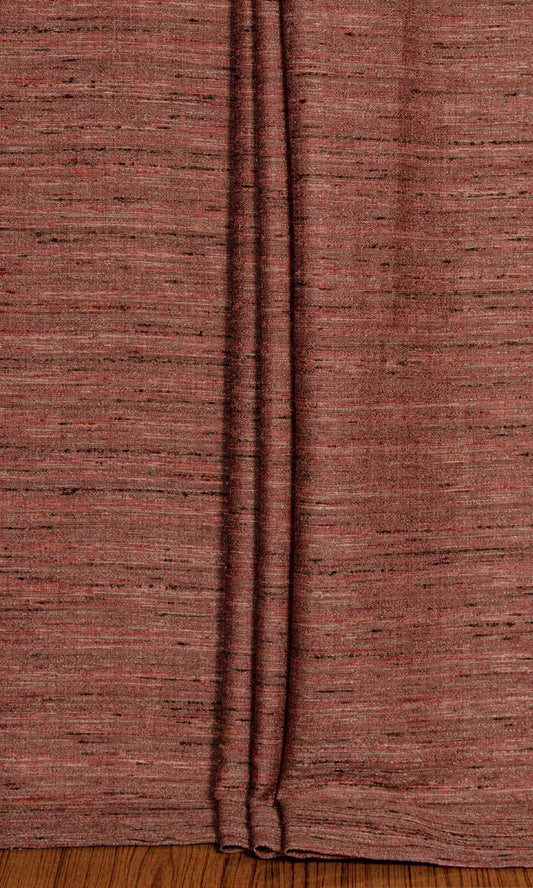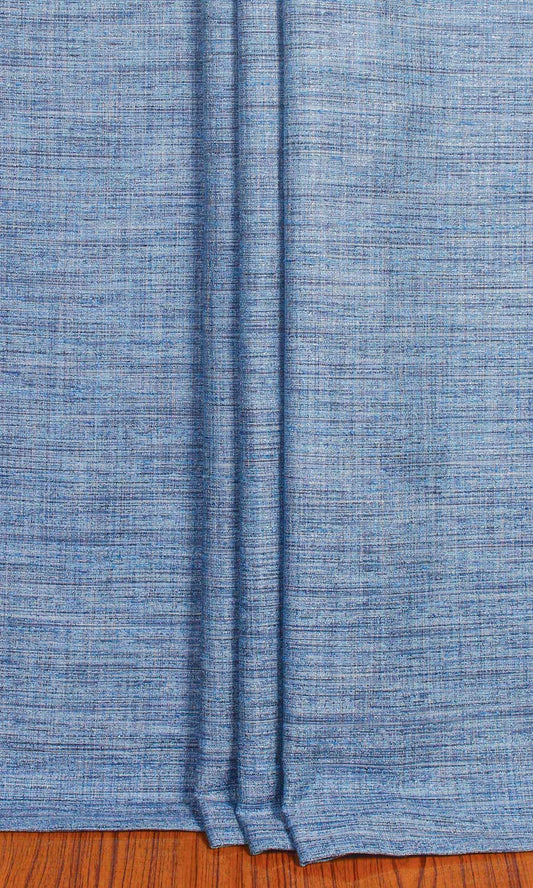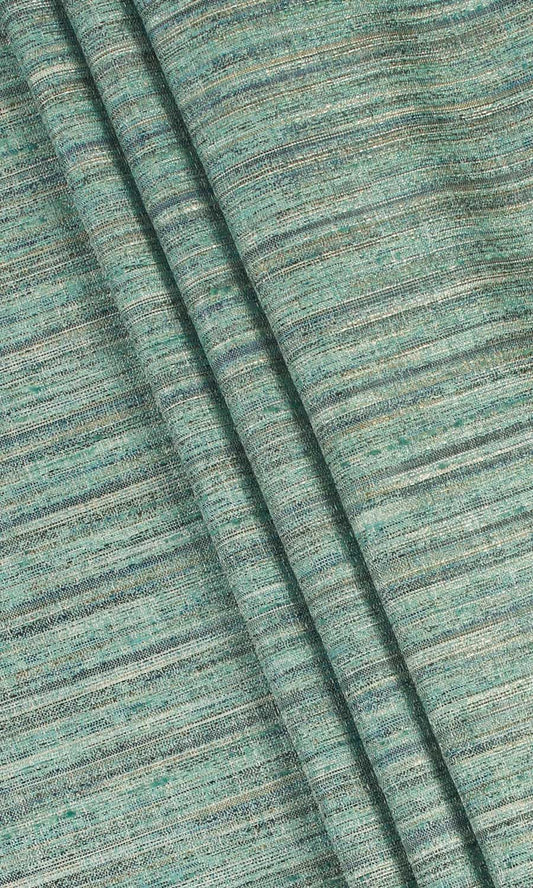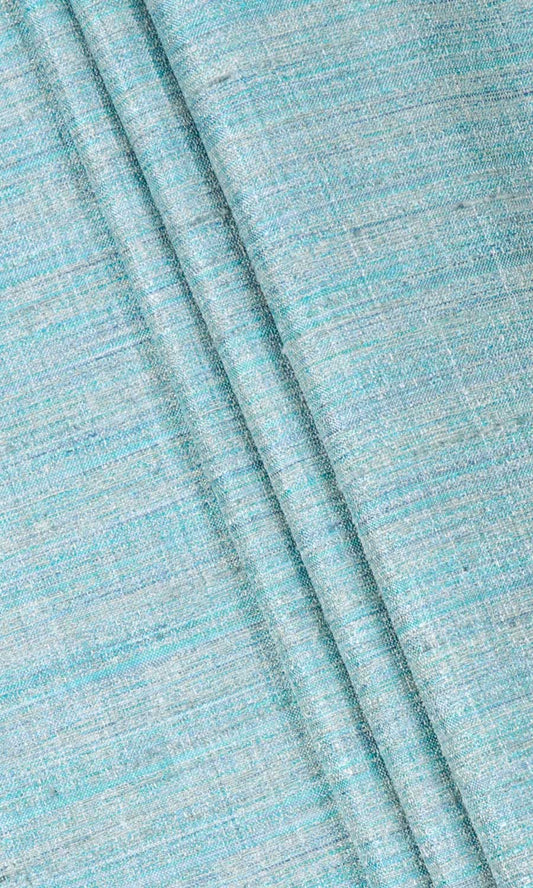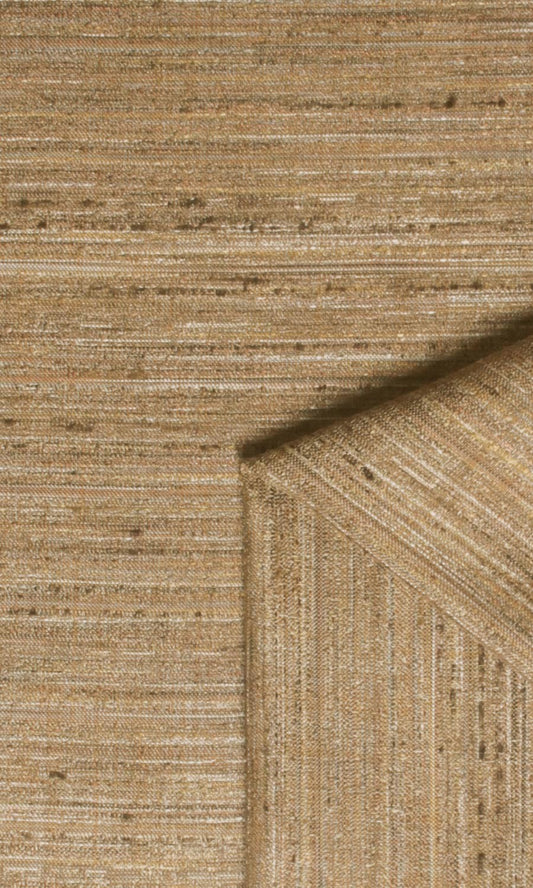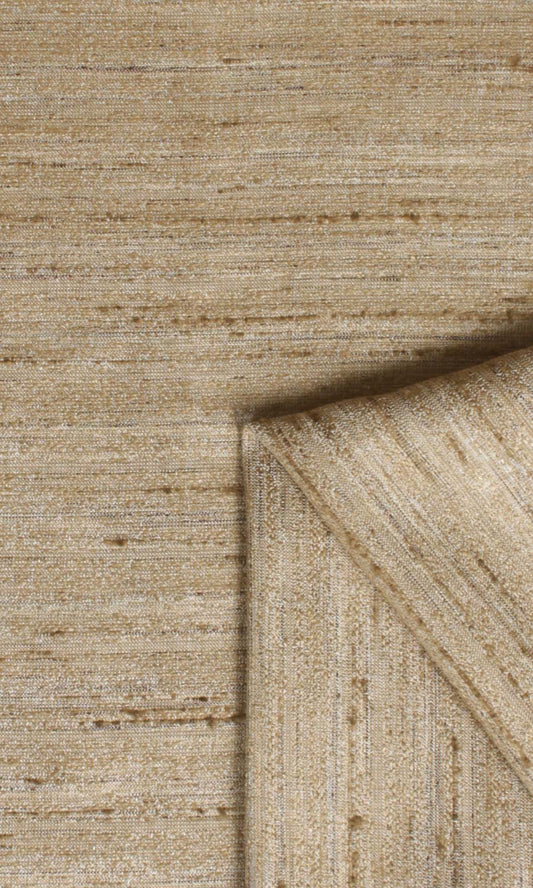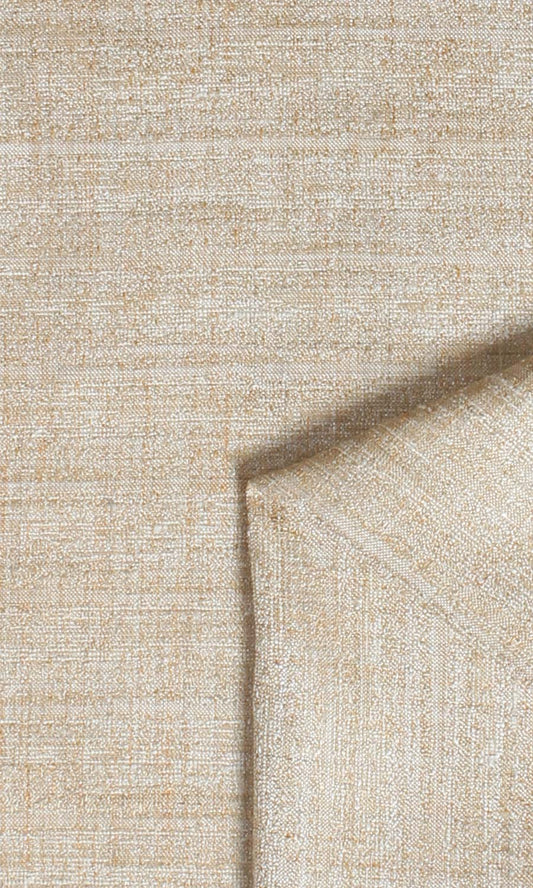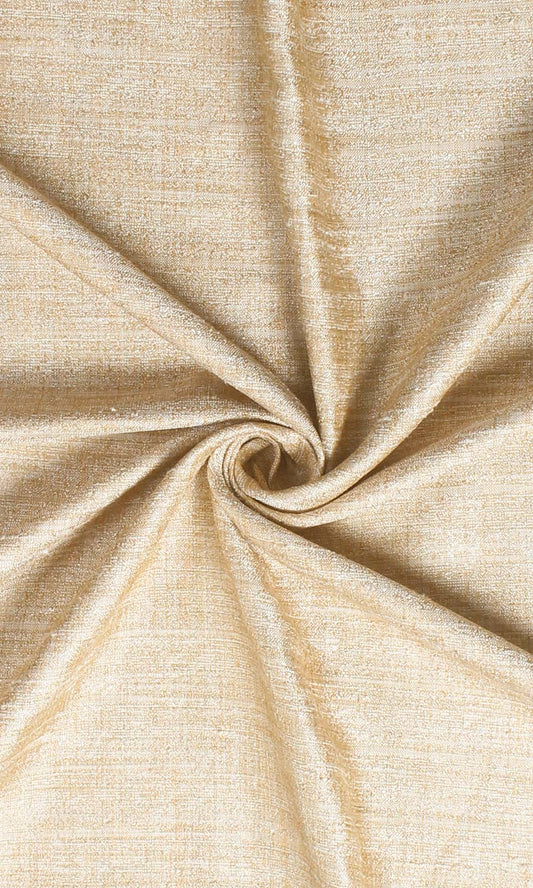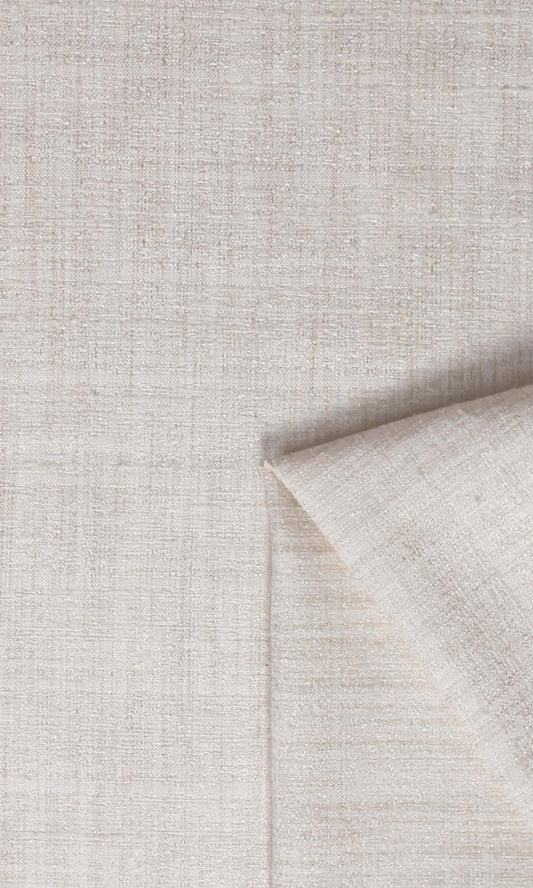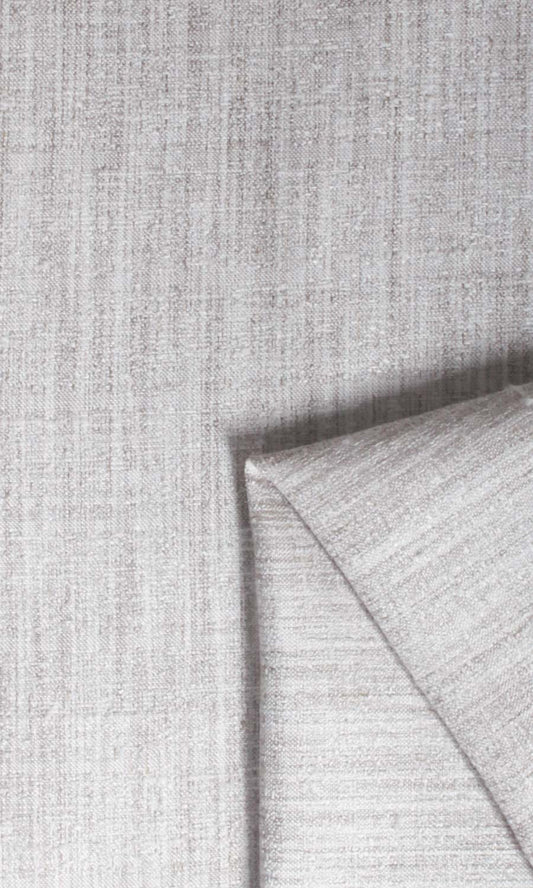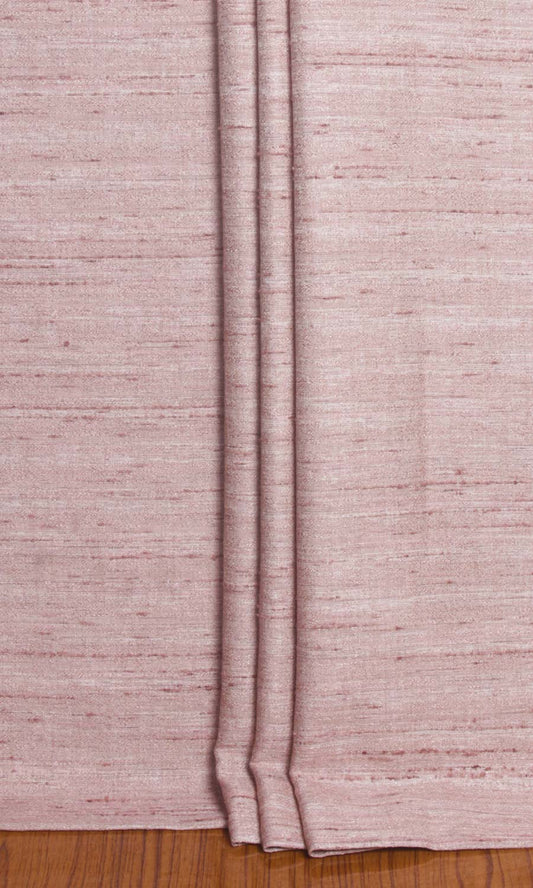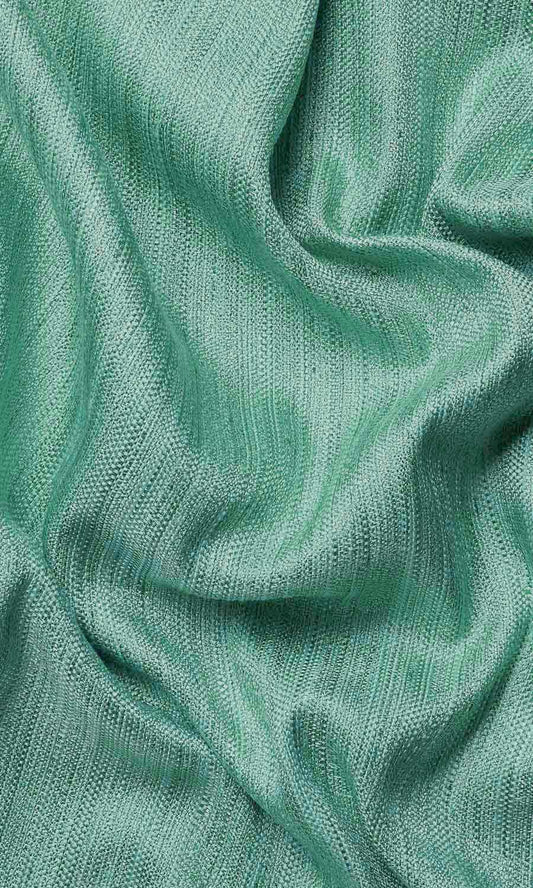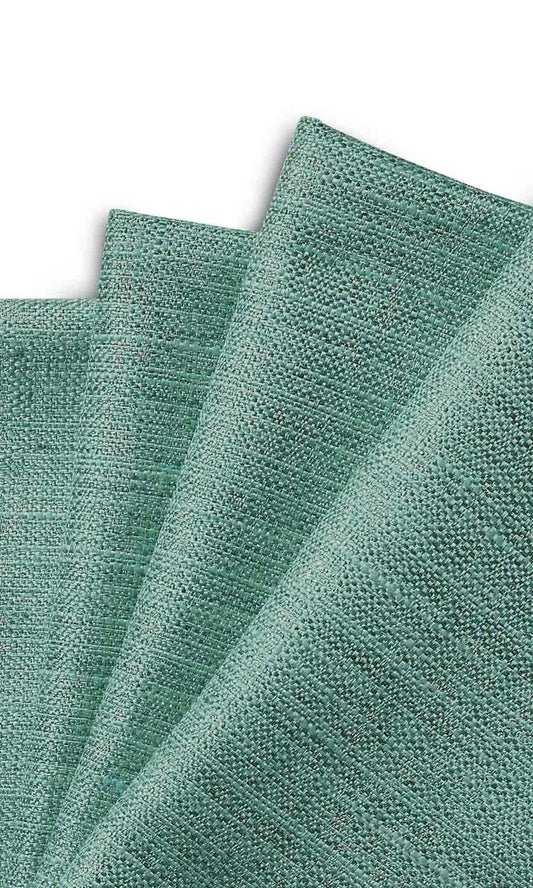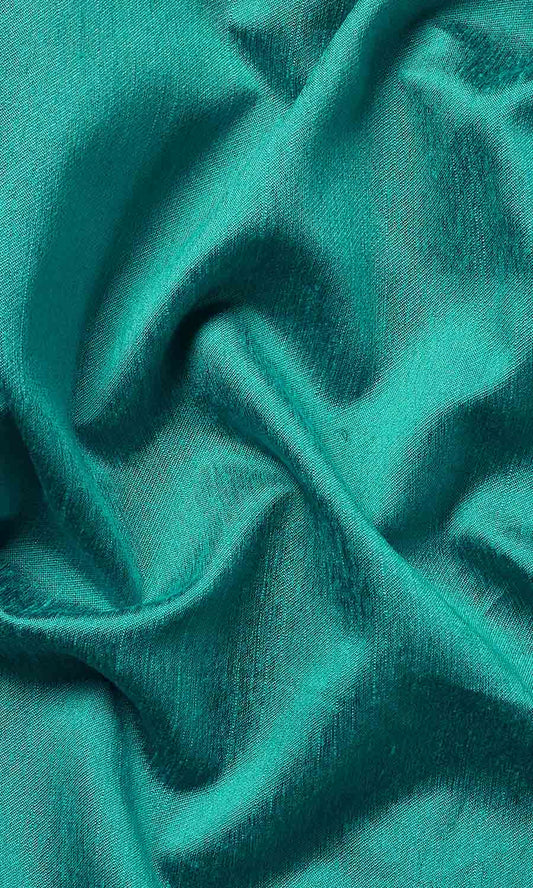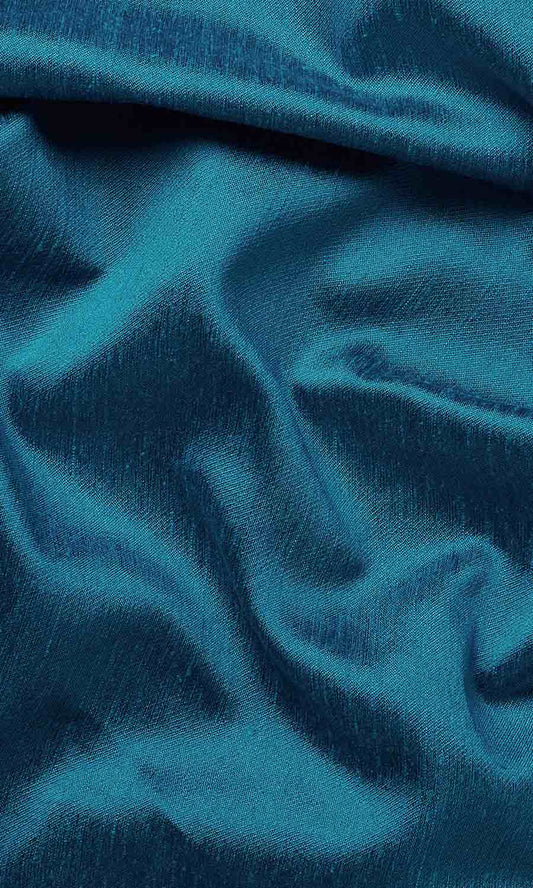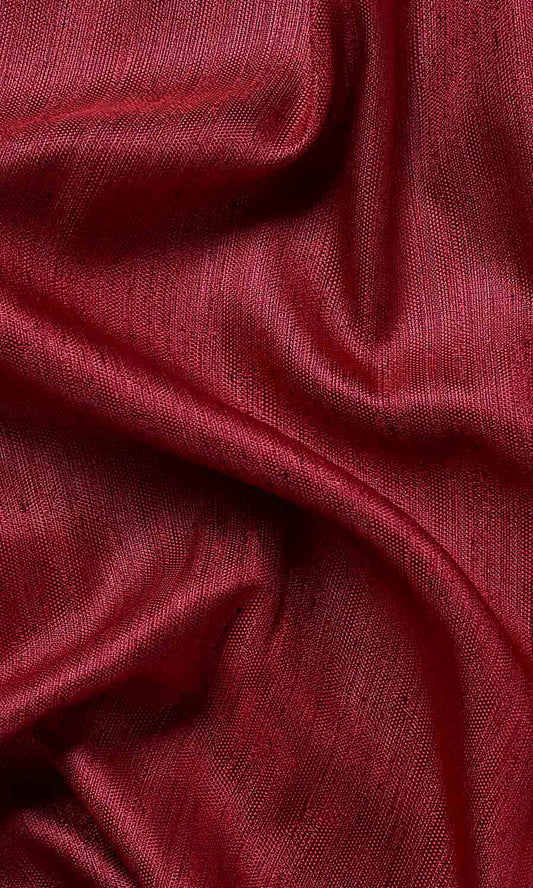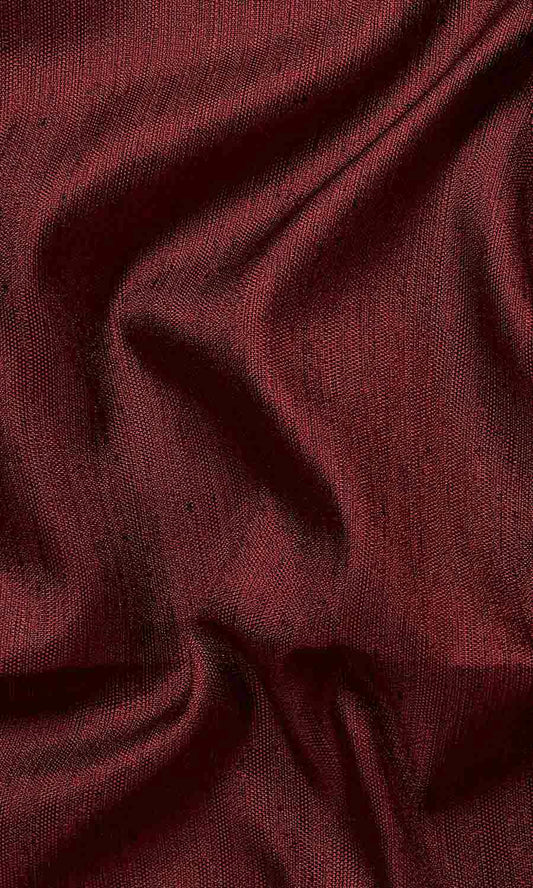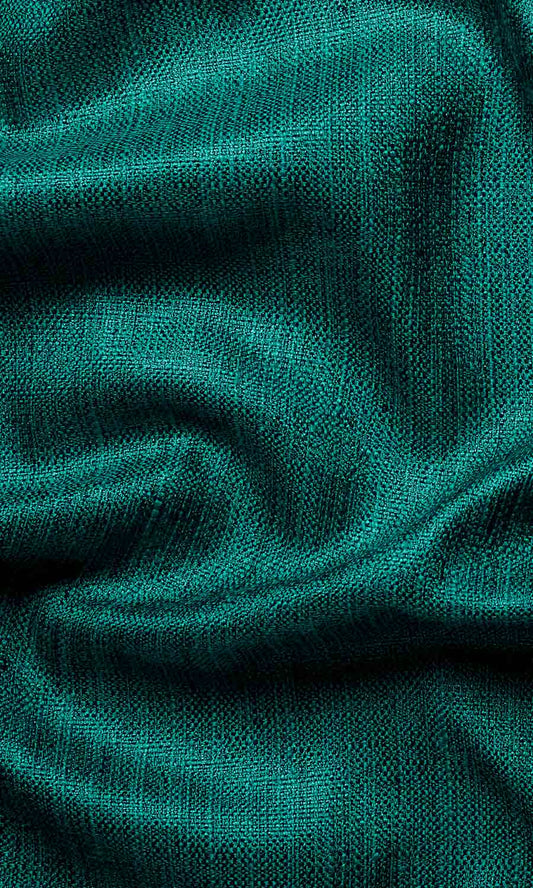Silk travelled the world before the world was even mapped. From Chinese looms to caravans on the Silk Road, from Venetian traders to the parlours of Philadelphia, it arrived with an aura of prestige. Once the prized adornments of Renaissance palazzos and Georgian drawing rooms, silk roman shades of a modern home carry with them the same legacy of splendour across centuries and countries.
Step inside an eighteenth-century parlour in Charleston or a Federal dining room in Boston, and you’d have found silk - gleaming at the audience, catching candlelight, softening the rigour of carved mahogany and gilded mirrors. By the Gilded Age, no Newport mansion was complete without yards of shimmering silk, whether puddled in swags or tailored into shades that framed the Atlantic’s view.
Where silk once cascaded in embroidered draperies for queens and cardinals, today, that same heritage endures through windows dressed in silk roman shades. Whether gracing a formal living room or lending gravitas to a dining room, they bring with them the whisper of history and extravagance, every fold a nod to the elegance of centuries past.
But how can you style these splendid silk shades to suit your decor and practical requirements? If you are juggling such questions, we are here with the answers. So, stop before you shop and take some handy notes, as our stylists help you select the silk roman shade for your home with a designer’s precision.
MORE FROM THE STORE: Silk Curtains | Velvet Roman Shades | Velvet Curtains
Select the Silk that Suits Your Setting
Silk has been traded across deserts, paraded in palaces, unravelled in monasteries, and reinvented in modern mills. And as it has travelled across time and places, it has had to change per the needs of the day. Our collection gathers all the avatars silk has taken, from pure silks to clever blends, and serves it on a silky platter to you to suit, well… you. Let us introduce you to all the members of the fam:
DUPIONI SILK: Dupioni’s very name comes from the Italian ‘doppione’, meaning “double,” because it is woven from two entangled cocoons, producing irregular threads. The result is a fabric streaked with its signature slubs and blessed with a two-tone shimmer that changes with every flicker of daylight. No two lengths of dupioni are quite the same, which is why decorators and couturiers alike have adored it for centuries. Choose dupioni if you want your windows to speak with drama and dimensionality, a pure silk that wears its natural imperfections as art.
SHANTUNG SILK: If dupioni is fireworks, shantung is moonlight. Named for China’s Shandong province, shantung has long been the aristocrat of the silk clan. Its surface is as smooth as porcelain, showing the barest hints of slubs, giving it texture without losing refinement. Compared to dupioni, shantung silks are finer, their slubs less prominent, their drape softer, making them the choice for interiors that prefer quiet polish over dramatic texture. Historically treasured for gowns and upholstery in Europe’s grand salons, today it remains the connoisseur’s pick when seeking an elegant, single-tone roman shade.
SILK BLENDS: Pure silks, as exquisite as they are, demand care: they wrinkle (charmingly of course), spot easily, and are sensitive to moisture. Here, the ingenuity of silk blends becomes your hero. Paired with fibers like cottons, linens or high-quality polyesters, these silk blends offer a more durable, resilient, and easy-to-care-for option. This marriage of practicality and luxury isn’t a modern whim; even in the 18th century, European weavers experimented with mixed fibres to meet demand for both glamour and hard-wearing cloth. In a contemporary home, blends deliver the resplendence of silk with the reassurance of strength.
FAUX SILKS: The youngest member of the family, faux silk is a creation of the industrial age, when fibres like rayon and polyester were invented to democratise what had once been a treasure for emperors and duchesses. These lookalikes convincingly echo the lustre of silk at a fraction of the price, while being wrinkle-resistant, colorfast and fuss-free. Perfect for high-use spaces or households with children and pets, faux silks let you enjoy glamour without the worry. If pure silk is poetry, faux silk is its clever cover track — stylish, accessible, and thoroughly modern.
Now that you know what’s on the tablespread, let’s move on to styling tips:
Every Belle Needs Her Knight: Line Your Silk Roman Shades
By its very nature, pure silk is delicate, prone to sun-fading, and quick to show wear if left exposed. That’s why any seasoned decorator will tell you: never hang silk roman shades without proper lining support on the back.
Lining protects silk from harsh sunlight, preserving the jewel-like depth of its color for years to come. It also refines the silhouette, giving the folds of a roman shade more structured and polished couture finish.
At Sewn, you can choose between blackout or privacy lining. Privacy lining shields the fabric from direct sun while allowing some light to filter through, making it ideal for living rooms, dining spaces, or anywhere you’d like light with a touch of discretion. Blackout lining, on the other hand, is best for bedrooms and media rooms, where you need total light control and darkening. For a more detailed breakdown of each lining type and its specifications, refer to our Lining Options Guide.
The Facts about Folds: Choose the Right Roman Shade Fold Style
Our roman shades come in three classic styles: the European relaxed fold, the front-slatted plain fold, and the back-slatted flat fold. Each has its own way of coaxing out the beauty of silk.
For plain silks in all their luminous glory, the European relaxed fold is a natural match. Its signature scalloped bottom softens the lines of the window and introduces an almost theatrical flourish, perfect for dining rooms and formal parlours. The scallop’s rippling arcs catch light from different angles, making the silk appear richer, deeper, and more dimensional.
For a sleeker silhouette that still celebrates texture, the front-slatted plain fold is your best bet. With its evenly spaced slat silhouettes on the frontage of the shade, this style creates a pattern of horizontal stripes with its slatlines. Each fold becomes a ledge for light to bounce off, producing a rhythmic play of shimmer and shadow across the silk. The visible slats also lend an element of visual interest to what can seem like ‘plain’ silk roman shades. The resulting effect is subtle but striking, and especially fitting for transitional interiors that lean toward function with flair.
When your chosen silk happens to be patterned, the back-slatted flat fold is your ally. Unlike the plain fold style, slats in this style are stitched at the back, leaving the front surface smooth and seamless. This uninterrupted plane allows motifs to spread in full view, almost like artwork framed at the window. A damask can display its symmetry without distortion, florals can bloom without being cut off and stripes can keep their rhythm intact.
Zones to Avoid: Rooms Where Pure Silk Doesn’t Play Well
Silk does not do ‘modest’. It’s happiest in a living room that glitters under chandeliers, or in a bedroom that feels like a velvet-roped retreat. Shantung and dupioni especially thrive here; their shimmer catches the light, their texture adds theatre with every fold. These are fabrics that want to be admired, not ignored.
Mount these pure silken beauties in a kitchen or bathroom, though, and you might be asking for heartbreak. Steam, splashes, and spills are their undoing. Pure silk is too fine for the slog of the daily grind.
If you crave their look in hardworking spaces, call on blends or faux silks instead as they carry the glamour and can actually handle the chaos.
Think of it this way: pure silk is the leading lady. She deserves the grand stage, not the utility room.
The Thing About Trims: Zhuzh Up Your Silk Shades
Just as a string of pearls completes a gown, trims complete your silk roman shades. A deep burgundy tassel dancing against champagne silk? That’s theatre in textile form. For those who crave elegance without excess, fringes play the softer counterpart. Braid trims and ribbons are the couturier’s straight stitch. Their beauty lies in restraint — a simple braid along a silk shade recalls the tailored precision of Savile Row rather than the theatricality of Versailles.
Trims are yet another sign that your roman shades from Sewn were commissioned to dress your windows with intention, and to not just ‘cover’. Trim your silk roman shades, and they will carry that air of artistry which only comes from design that has been considered down to the last detail.
MORE FROM THE STORE: Roman Shade Trims
A Royal Deserves a Crown: Add Valances to the Equation
If silk roman shades are the royals dressing your window, a valance is the crown that completes its regalia. Traditionally, valances have been the mark of aristocratic interiors, framing windows in stately manors and European drawing rooms with elaborate swags, scallops, and fringes. Today, they remain a powerful design tool, capable of turning your window dressings into a scene-stealer.
For a sleek setting, we recommend considering inside-mounting the roman shades when layering with valances. Secondly, match the mood. For classically opulent interiors, swag valances with flowing jabots are your ideal pick. For a more restrained look, opt for our board mounted valances with minimalist silhouettes.
Pairing a valance with silk roman blinds is not just about decoration, but about declaring intention. It’s a signal that every detail of the room has been orchestrated, that luxury was not left to chance. After all, a royal ensemble without its crown is simply incomplete.
MORE FROM THE STORE: Custom Valances
To Sew It All Up
At the end of this silken voyage, we arrive where inspiration meets choice — our silk collection. Here, every yard shimmers with possibility: blush pinks that soften a morning room, molten golds that set dining tables aglow, indigos that cloak bedrooms in quiet majesty, and crimsons that command every glance. The fabric is ready, the stage is yours. Now, let your windows take their bow in silk. So, without any further ado, go right ahead and shop away!



